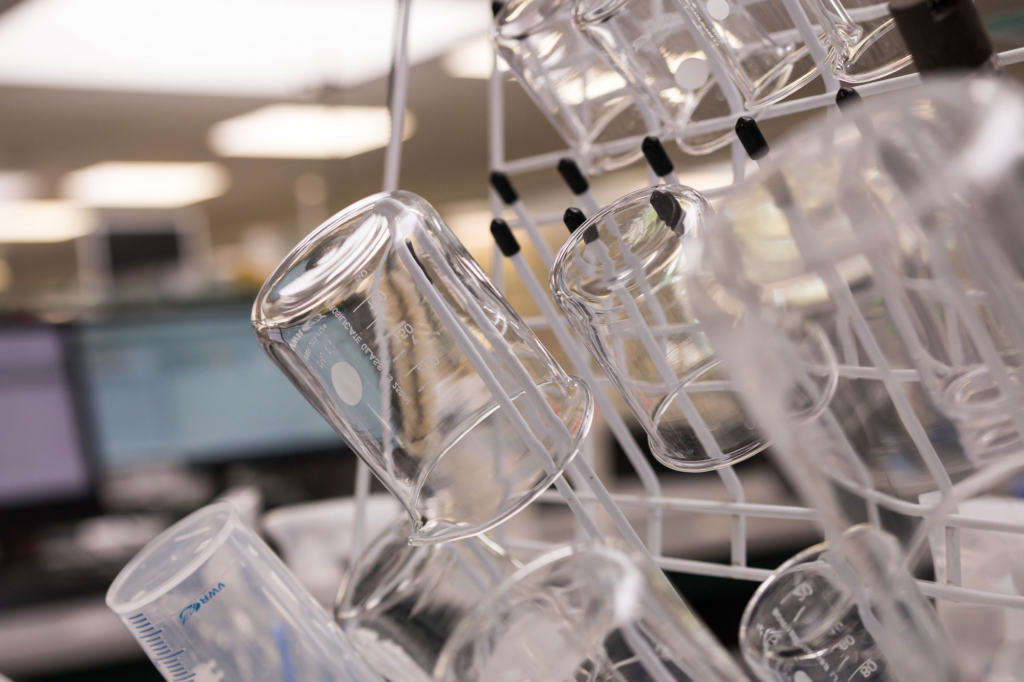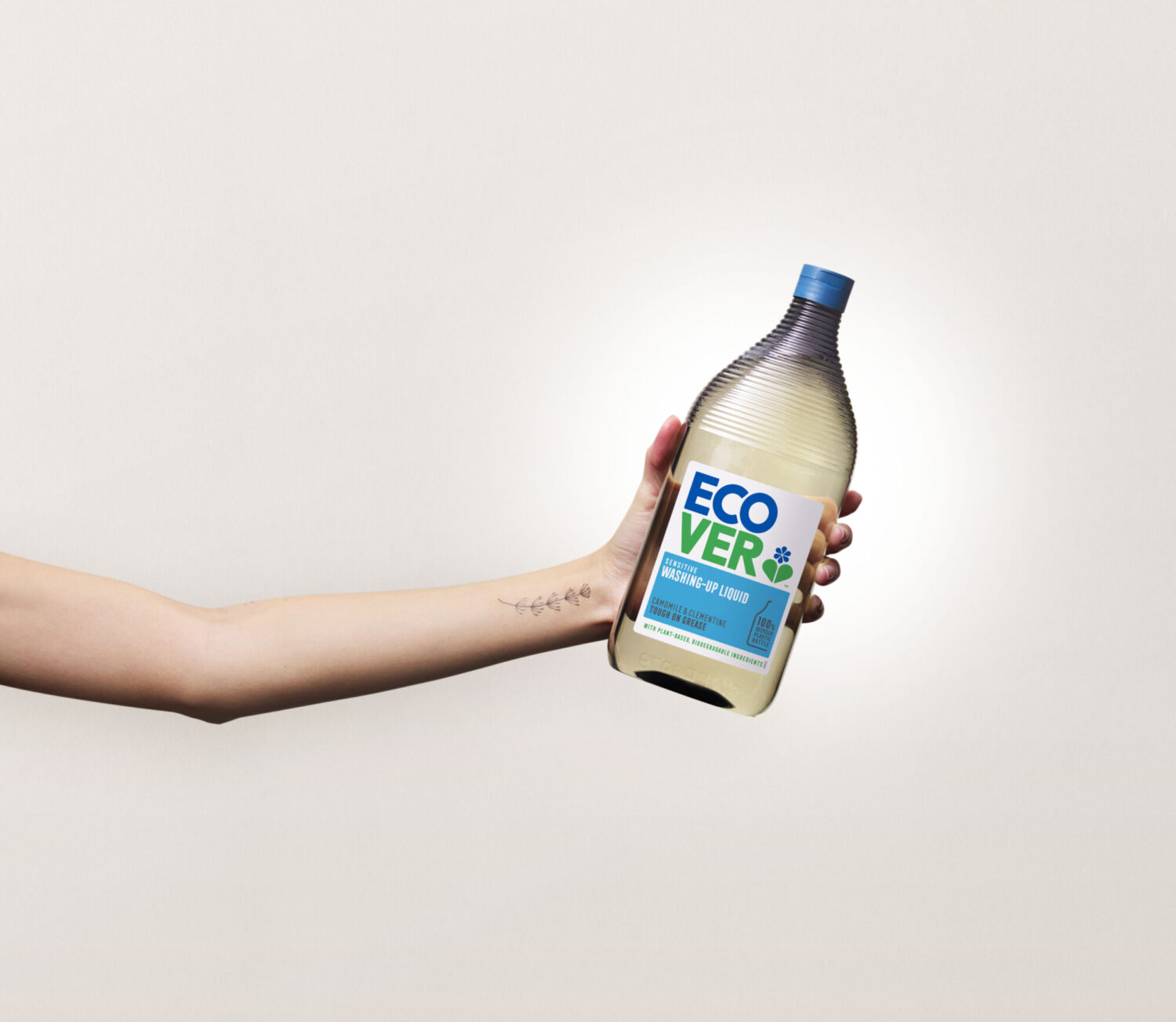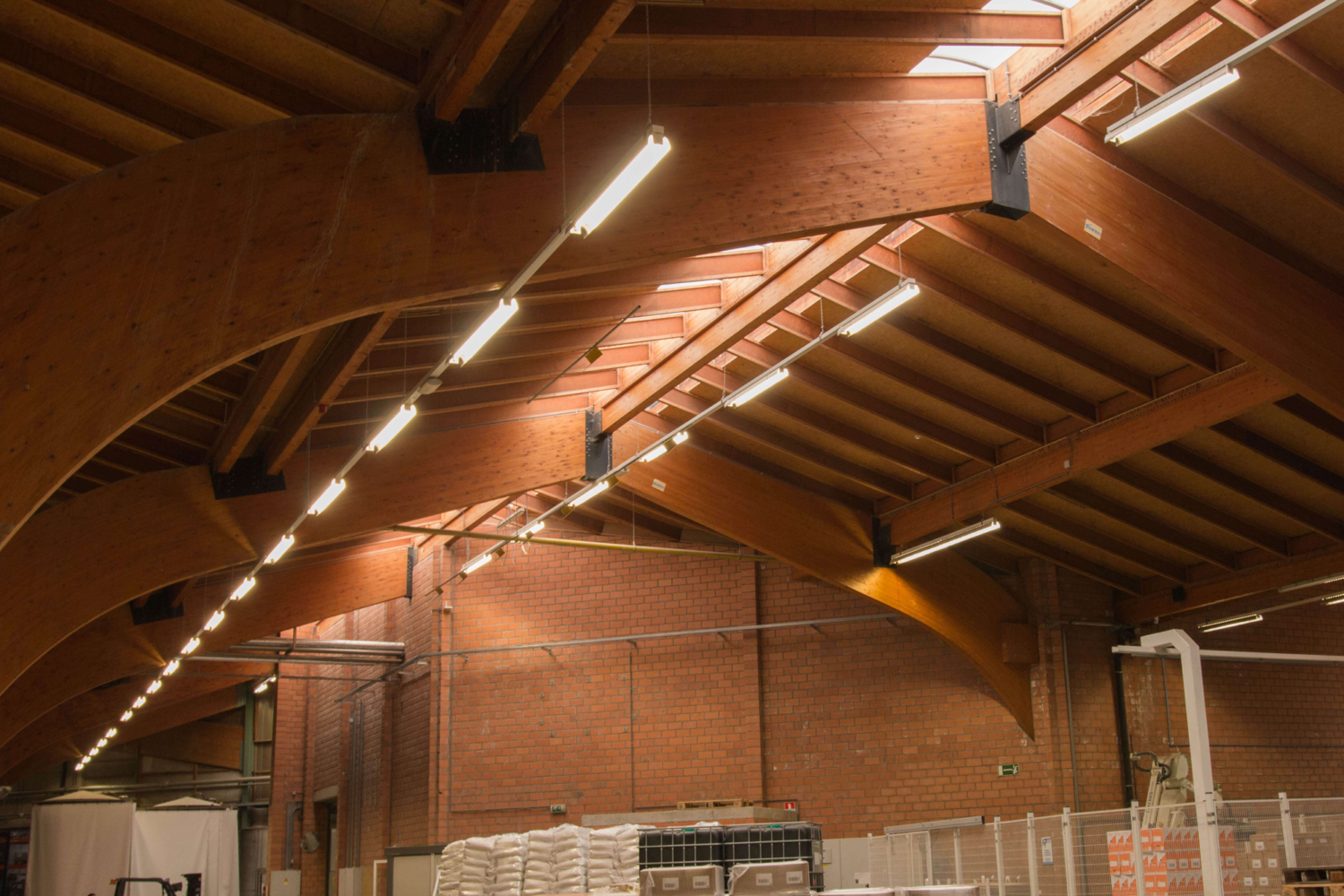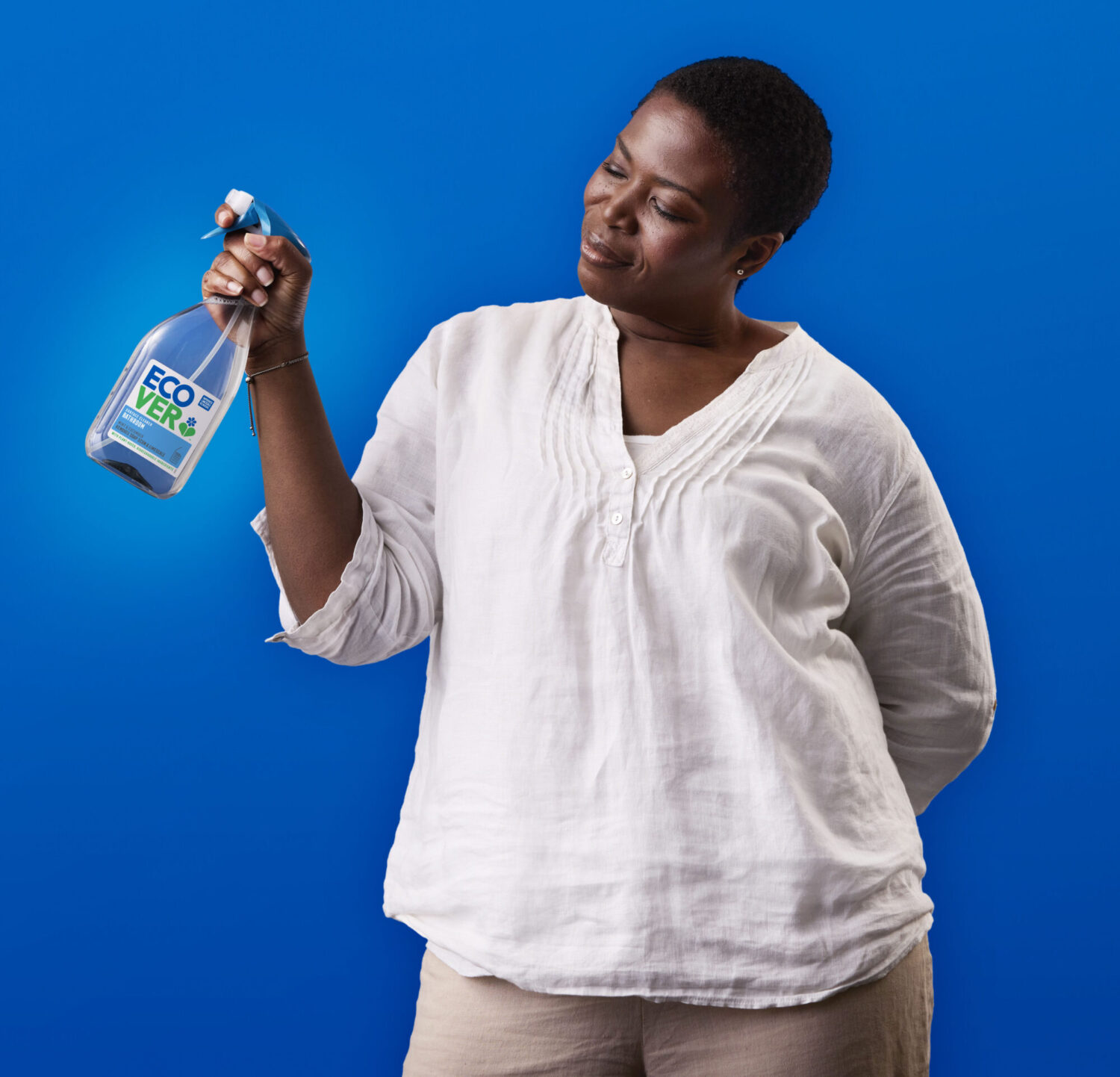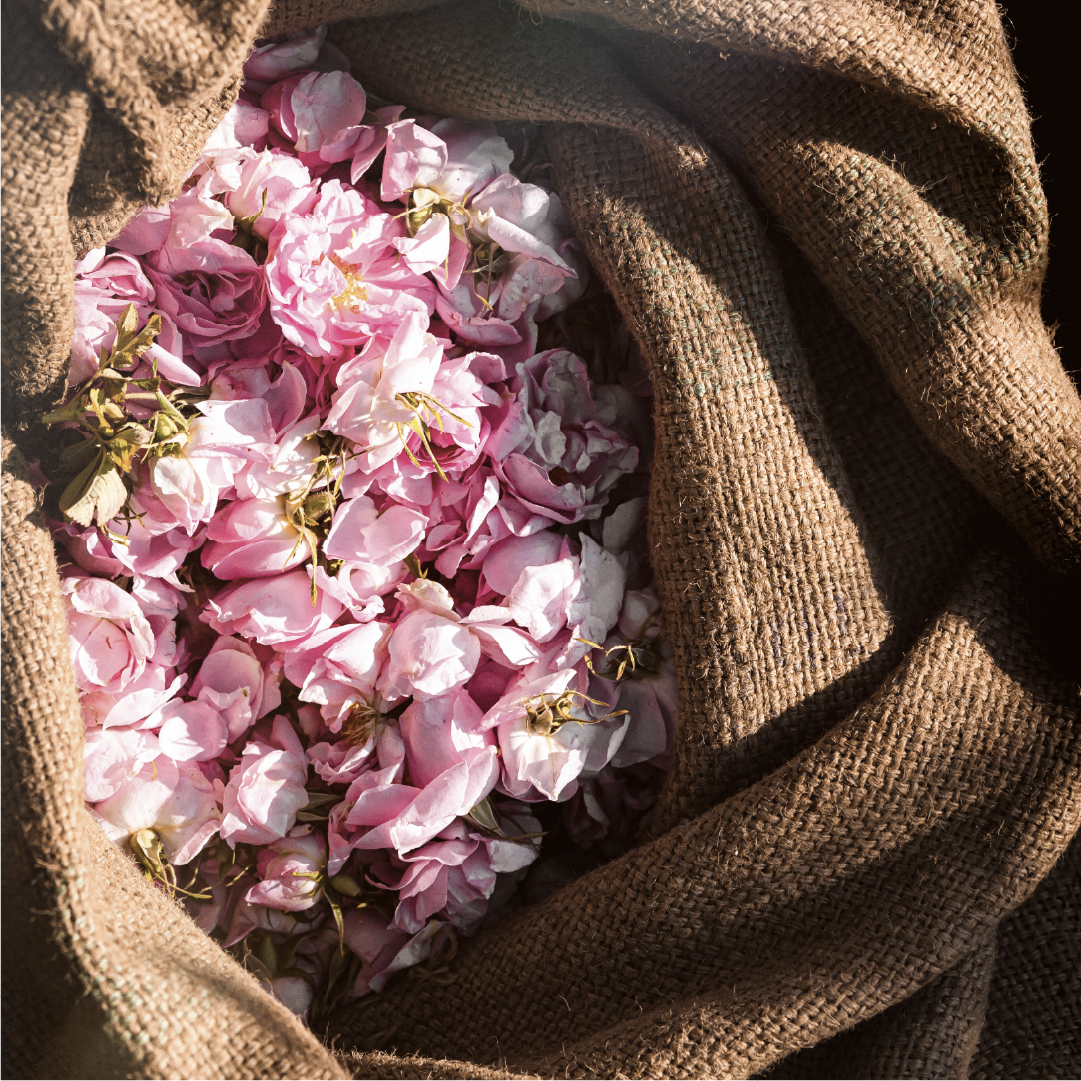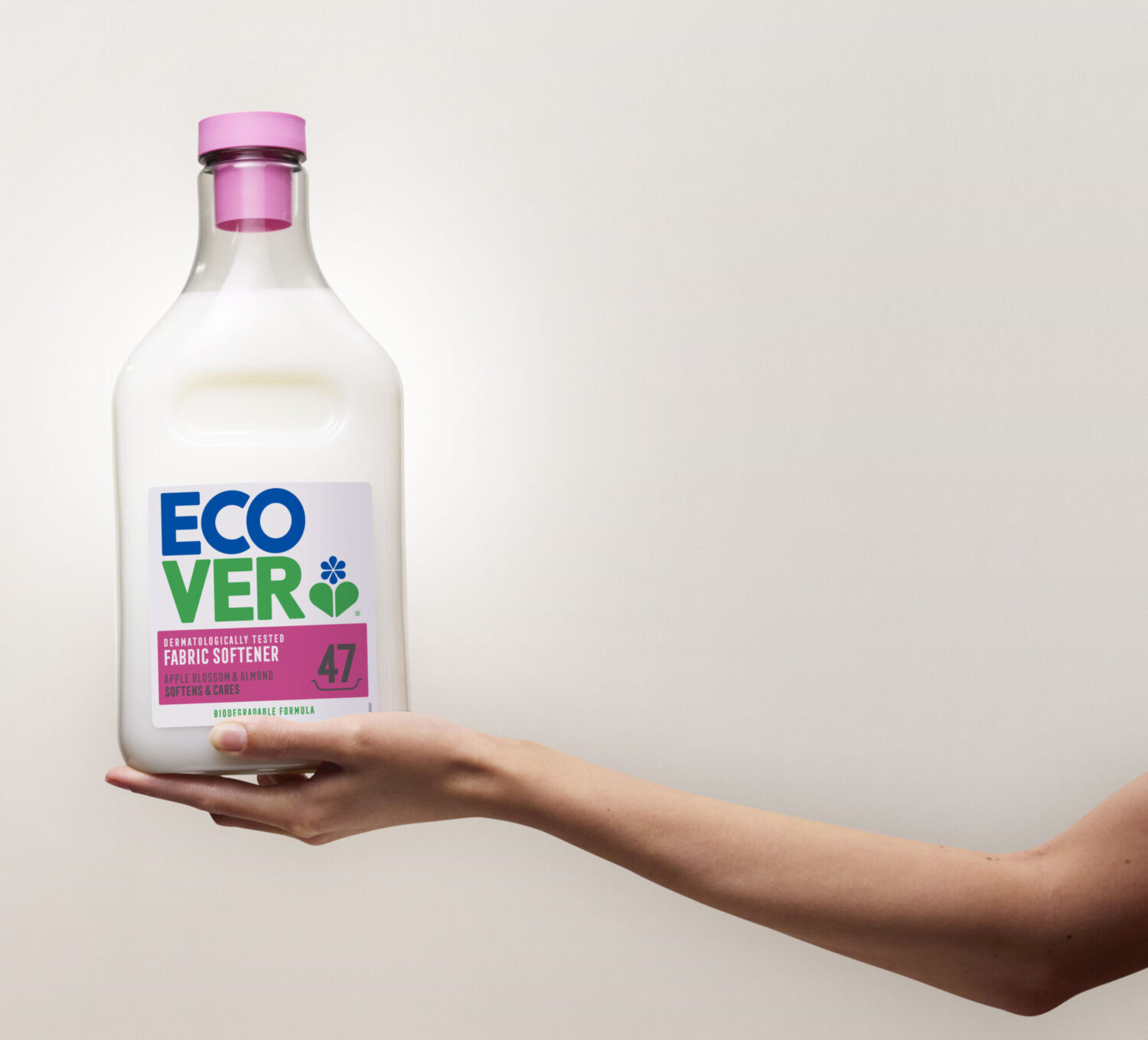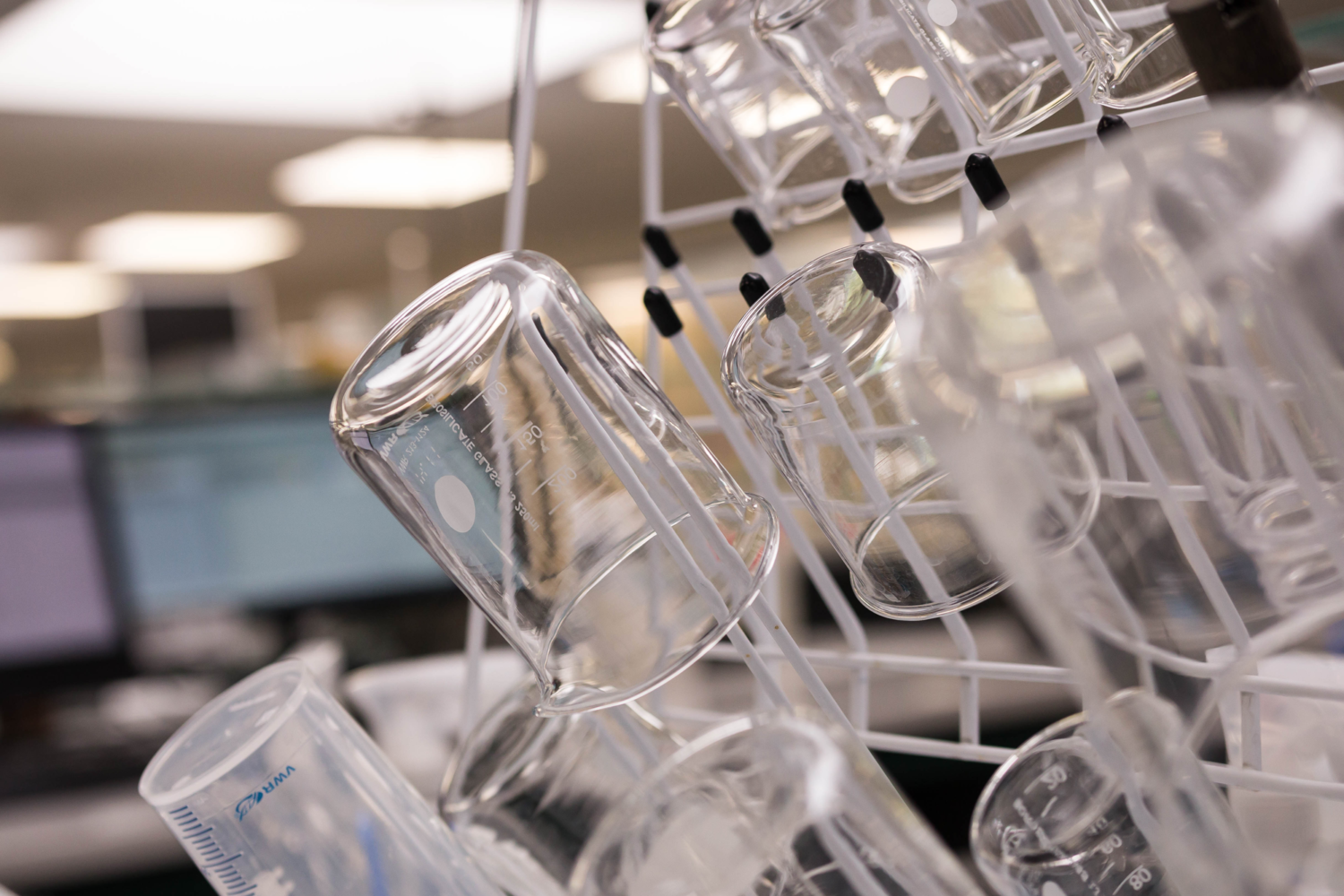Ecover was born from seeing first-hand the devastating effect that phosphates from laundry and dishwashing products were having on aquatic life.
Now we’ve got an arguably bigger challenge on our hands – facing up to the world’s over-reliance on single-use plastic.
In 2016, less than half of all plastic bottles were collected for recycling and only 7% of those were turned into new bottles [Source: The Guardian, A million bottles a minute: world’s plastic binge ‘as dangerous as climate change’, June 2017]. The resulting impact on waterways and marine life is, to put it bluntly, horrifying – with an estimated 12.7 million tonnes ending up in oceans each year.
We want to be a role model to show the way forward for manufacturers like us to use better, more sustainable types of plastic and reduce our ‘plastic footprint’. To do this, we need to work out how to ‘close the loop’ by recovering and reusing as much packaging as possible and not let it go to waste. And we’re stepping up our efforts to find new biodegradable materials so we can move away from plastic altogether.
We’re on a journey towards closing the loop. You can select the different parts of the loop to read a little more about how we’re doing it.
Imagine a world where yesterday’s food scraps, old packaging, or even the air we breathe could become tomorrow’s trainers, shampoo bottles, or even car parts. It may sound like science fiction, but thanks to innovations, it’s quickly becoming science reality. This process—called waste valorisation—is all about taking things we’d normally throw away, like food waste, […]
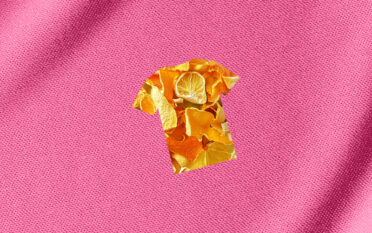
When it comes to innovation, nobody does it better than nature. After all, it’s had 3.8 billion years of research and development . From the way leaves turn sunlight into energy to how bees build perfectly efficient hives, nature holds the answers to many of our design challenges. Enter biomimicry—the art and science of learning […]
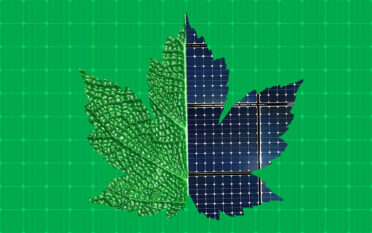
When it comes to sustainable materials, the possibilities seem endless. From biobased plastics to biodegradable packaging, there’s no shortage of innovation promising to reduce our environmental footprint. But here’s the catch: turning these solutions into widespread realities isn’t as simple as it sounds. Let’s explore some of the biggest challenges standing in the way and […]

We trialed 50% recycled polypropylene plastic caps on our washing bottles in the hope to kickstart more demand for recycled polypropylene – the strong, flexible plastic that’s used on most bottle caps.
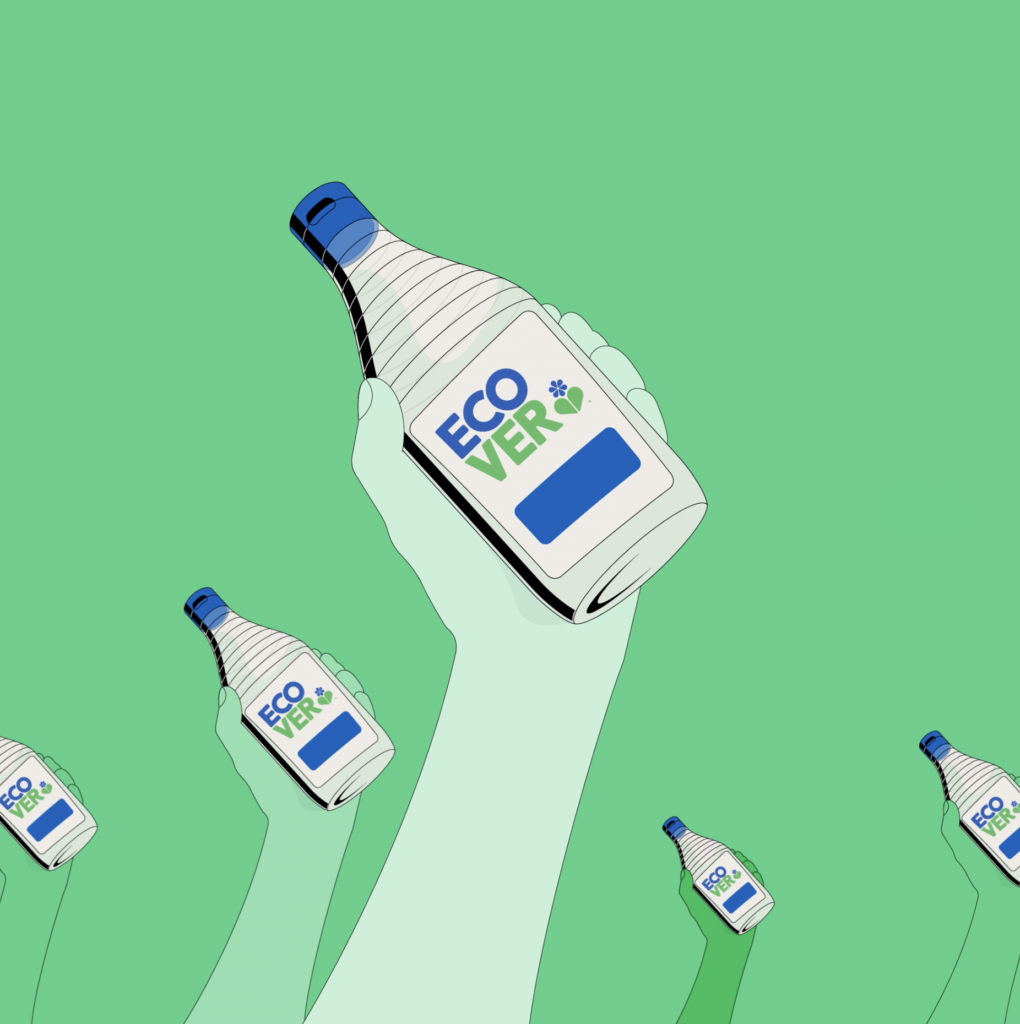
So that’s PLASTIC.
When we say we live and breathe clean, we mean it. From the way we do business to how we source our ingredients to out war on ocean plastic – it’s all about finding new ways to put our values into practice. Even if it’s going to take a while to get there.
Find out more about what we’re doing…
Plastic
We’re waging war on single-use plastic. And we’re aiming to make all our bottles from recycled plastic.
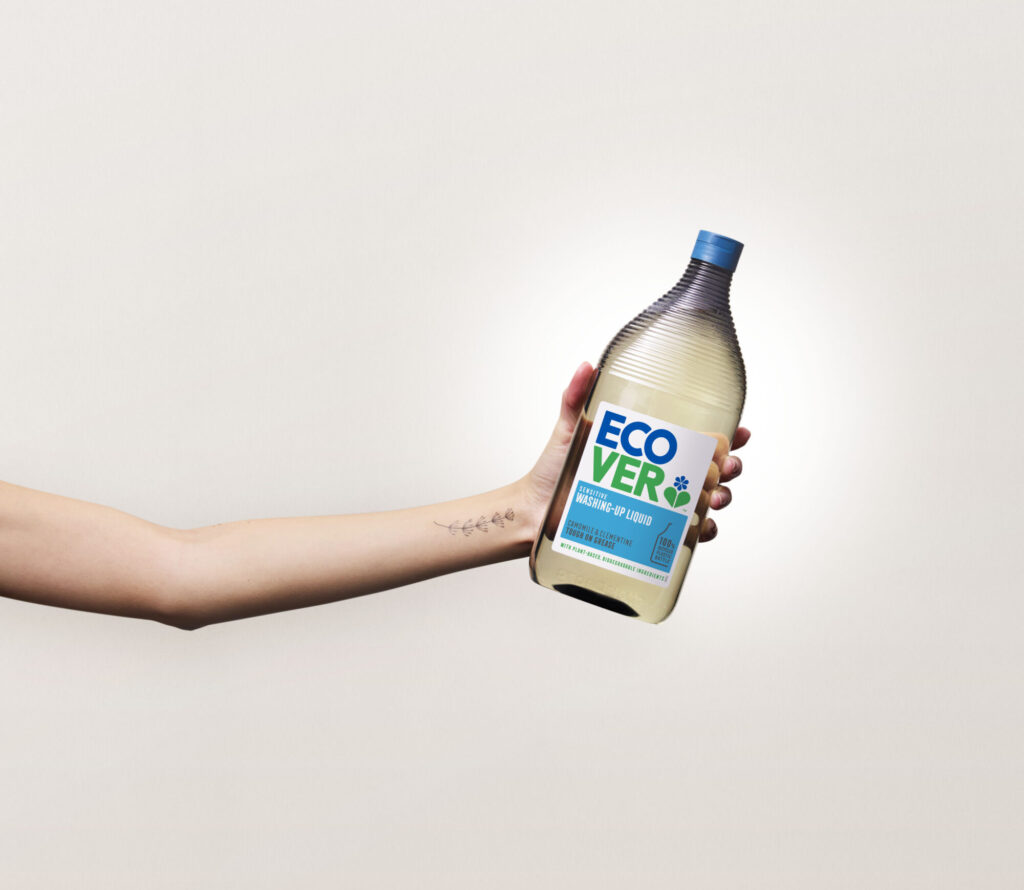
Manufacturing
First we built the world’s most ecologically sound factory. Next stop: a zero-waste, zero-carbon footprint.
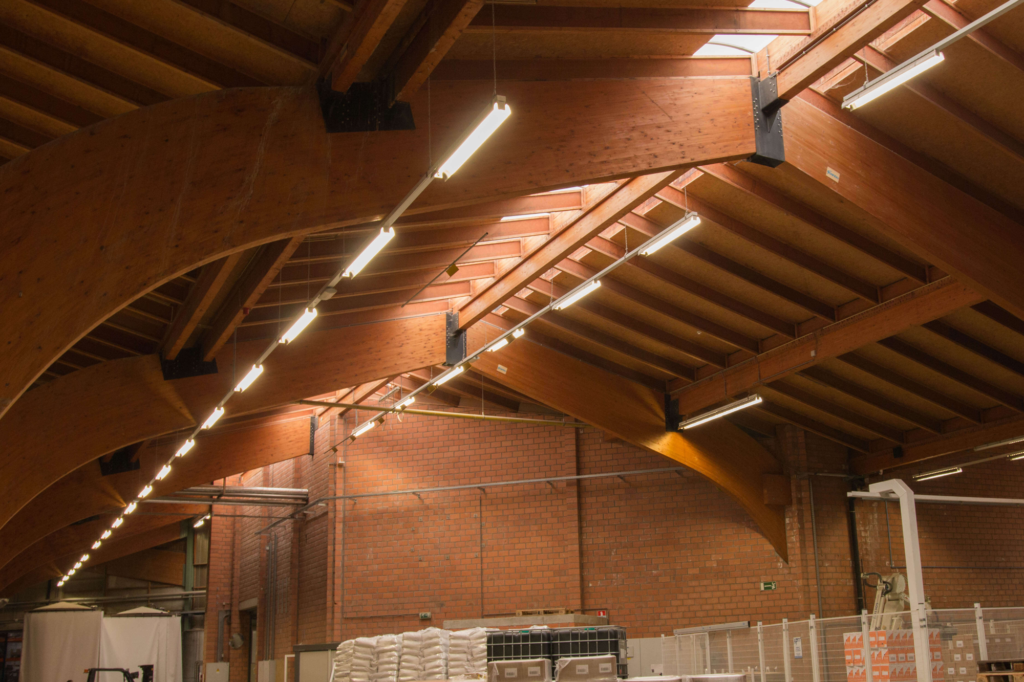
Sourcing
We’re making our supply chain more responsible. Buying local when we can and using suppliers with shared values.
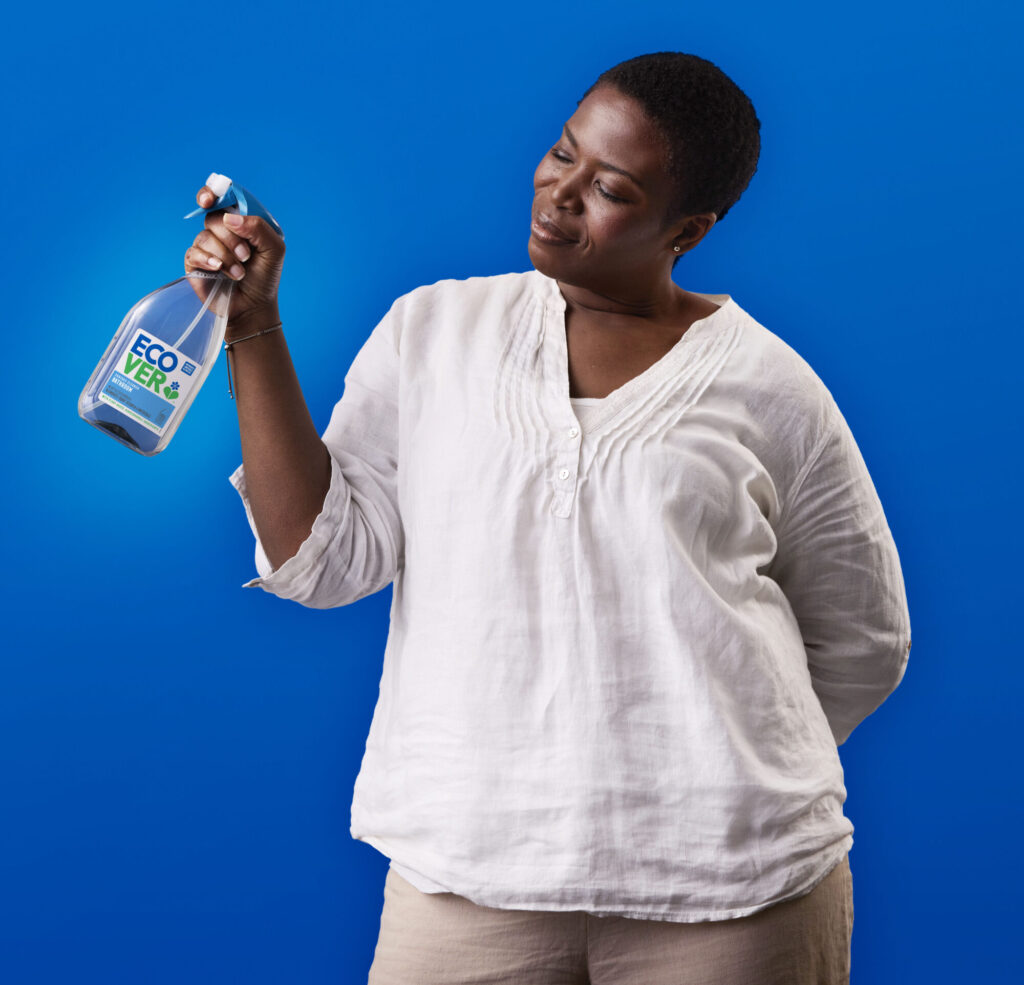
Fragrances
We use fragrances that are designed to smell natural, fresh and wonderful – not overpower you with toxic chemicals.
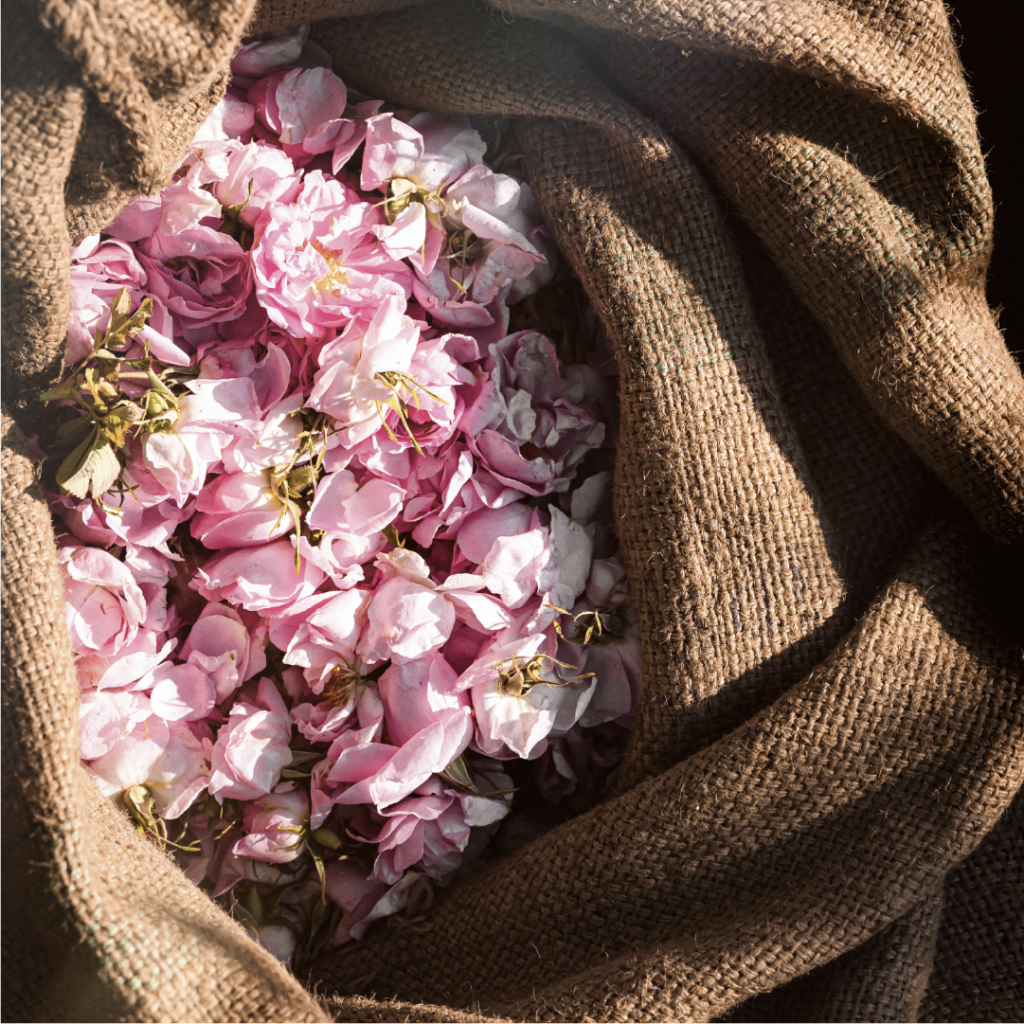
Design
We believe that packaging design can have a positive impact on people and the planet.
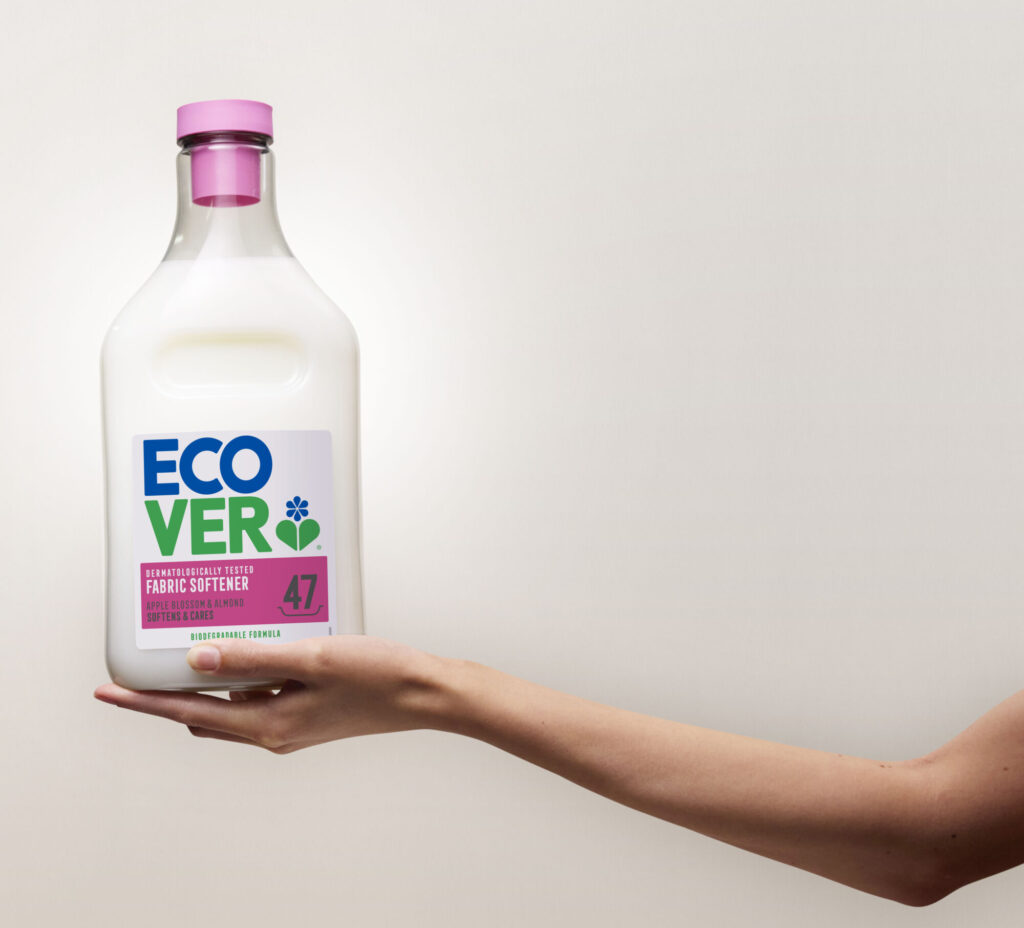
Ingredients
Most of our ingredients are made of biodegradable substances.
